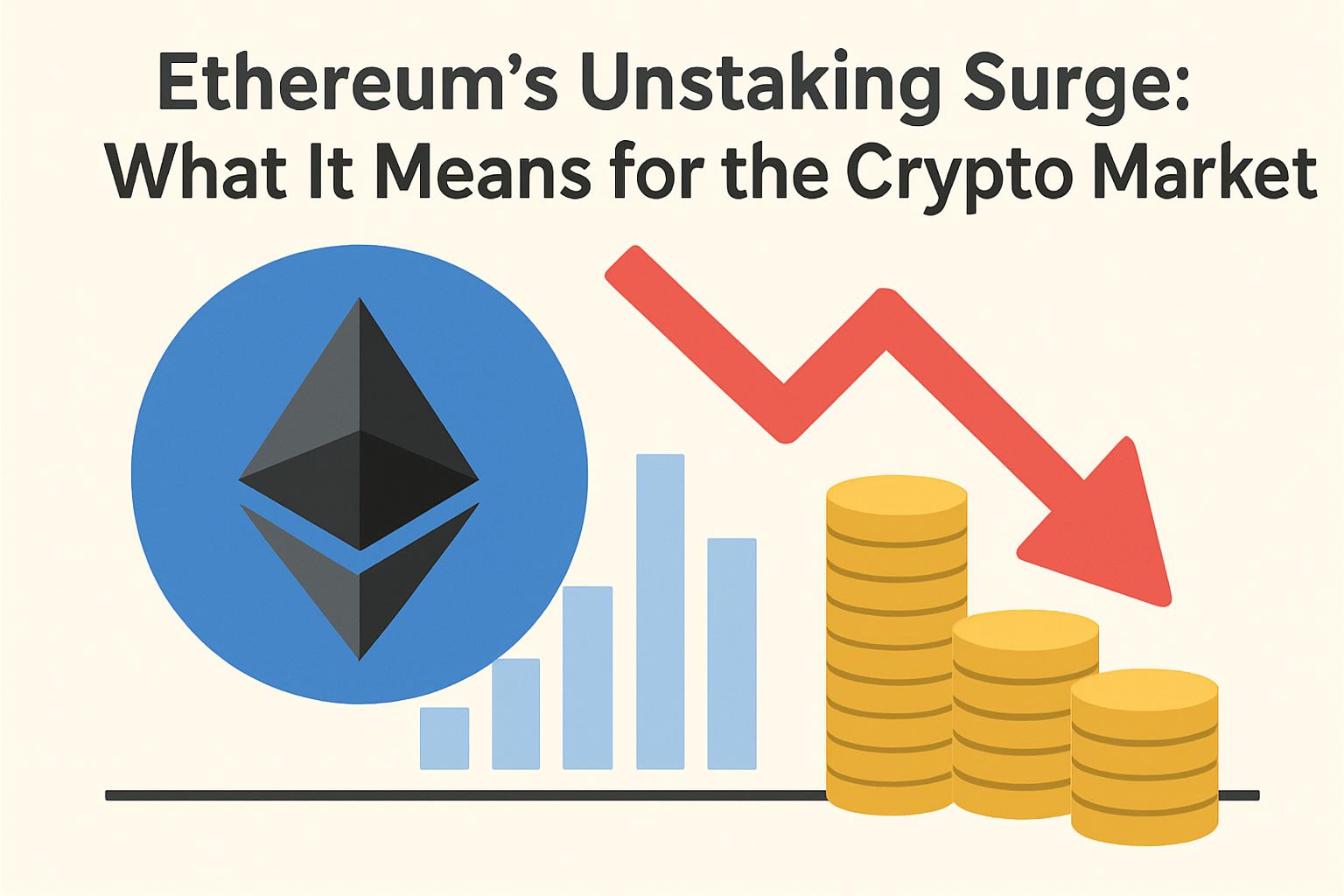On August 14, the Ethereum (ETH) staking market experienced an unprecedented upheaval. According to DeFi analyst Ignas, more than 671k ETH—equivalent to about $3.2 billion—is queued for unstaking, marking a historical high. The wait time for processing these requests has extended to 12 days. This wave of unstaking has triggered market discussions on leverage liquidations, arbitrage strategies, and potential launches of ETH staking ETFs.
Unstaking Spike: Who’s Pulling Out?
The surge in unstaking requests ties closely to multiple market dynamics. Ignas’s observations suggest these factors as contributors:
- Closure of leveraged positions
- Profit-taking by arbitrageurs
- Institutional moves in anticipation of ETH staking ETFs
Among the ETH queued for unstaking, the three major platforms are:
- Lido: 285k ETH
- EtherFi: 134k ETH
- Coinbase: 113k ETH
Lido, in particular, is experiencing significant withdrawal demands, indicating liquidity pressures.
July’s Whirlwind and Its Ripple Effects
The catalyst for this unstaking wave traces back to July when Justin Sun withdrew a substantial $600 million of ETH from Aave, causing a spike in Aave’s borrowing rates. The increased interest rates rendered common leveraged staking strategies less profitable, prompting many investors to reassess their positions.
Even though Aave’s interest rates have since stabilized at around 2.65%, many investors continue to exit, either pocketing profits or reducing their risk exposure, accelerating the unstaking numbers.
Return of stETH De-Peg Risk?
In July, stETH briefly de-pegged from ETH by about 0.3%, drawing in arbitrageurs. Although the discrepancy was minor, it rekindled memories of the 2022 crash. RedStone’s Marcin reports nearly 278k wstETH labeled as “high risk,” with health factors between 1 and 1.1, suggesting potential liquidation risk if further de-pegging occurs.
Fortunately, platforms like Aave and others avoided using immediate market prices for liquidation benchmarks, temporarily staving off a deeper DeFi spiral.
Staking ETFs on the Horizon
Beyond arbitrage and liquidation pressures, the market is keenly watching institutional investors geared towards forthcoming ETH staking ETFs. Notably, BlackRock, the world’s largest asset manager, filed for an ETHA ETF with staking functionalities in July 2025.
Analysts note that institutions prefer centralized custodians like Coinbase for regulatory and auditing convenience, potentially posing competition for decentralized platforms like Lido.
Market Resilience Amidst Caution
Despite short-term turmoil, reports from Galaxy Digital highlight incoming capital flows from ETH treasuries and ETF inflows, helping manage selling pressure. Once the unstaking queue clears, wait times are expected to normalize.
Ignas advises focusing on the underlying money flow logic and leverage strategies rather than succumbing to unwarranted fear. He emphasizes this shift in unstaking activity as a critical measure of Ethereum’s ecosystem stability.
The Future of Ethereum: A Balancing Act
This unstaking trend, whether from arbitrage, leverage unwinding, or institutional maneuvers towards ETFs, reflects Ethereum’s staking ecosystem at a critical juncture. The ongoing tug-of-war between decentralized staking platforms and traditional finance will shape the market’s future. Ethereum’s resilience remains evident, yet its stability and security face significant challenges amidst record-high unstaking figures and latent leverage risks.

![[News] Bitcoin at a Turning Point? 10x Research Signals a Bullish Macro Shift Ahead](https://cryptoexplores.com/wp-content/uploads/2025/06/new20250616.jpg)
![[News] Binance Lists $HOME, the Gas-Free, Bridge-Free All-in-One DeFi App](https://cryptoexplores.com/wp-content/uploads/2025/06/news20250617.jpg)